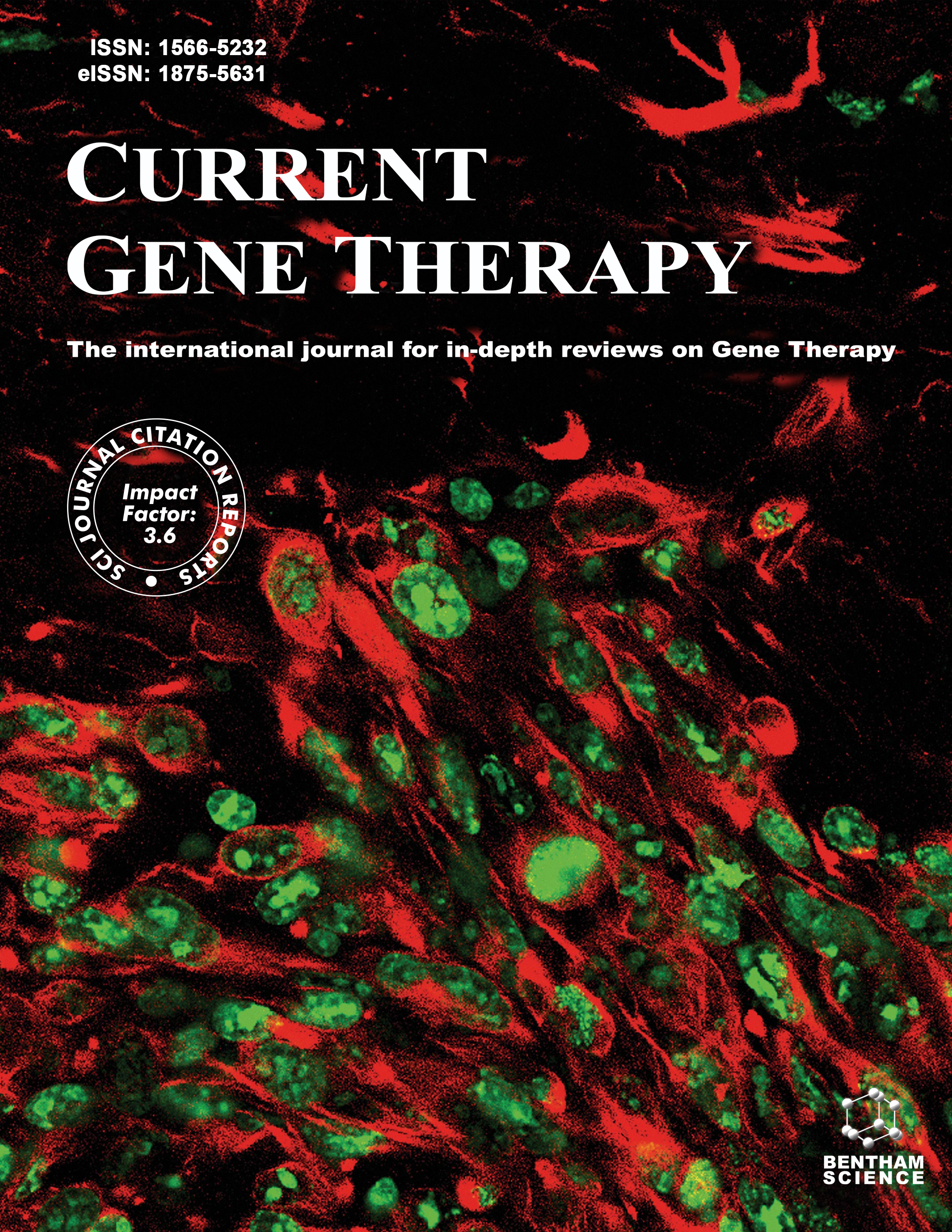
Full text loading...
We use cookies to track usage and preferences.I Understand

The field of drug discovery has long been challenged by the existence of “undruggable” proteins - targets that have resisted traditional small molecule approaches due to their structural or functional characteristics. This review explores the revolutionary potential of small interfering RNA (siRNA) technology in addressing these elusive targets, marking a paradigm shift in therapeutic development. We discuss the historical development of siRNA technology and its unique mechanism of action, which allows for the silencing of virtually any gene, including those coding for proteins previously deemed undruggable. The review provides a comprehensive analysis of the challenges in targeting undruggable proteins and how siRNA approaches are overcoming these obstacles. We examine several case studies of undruggable targets being successfully addressed by siRNA, including oncogenic proteins like KRAS and c-Myc, transcription factors such as NF-κB and STAT3, and proteins involved in complex protein-protein interactions. The article delves into the latest advances in siRNA design, delivery systems, and targeting strategies, highlighting innovations that enhance specificity and reduce off-target effects. We also discuss the challenges facing siRNA therapeutics, including delivery obstacles, potential immune responses, and regulatory considerations. The review concludes with an exploration of future directions, including combination therapies, personalized medicine approaches, and emerging technologies that complement siRNA strategies. By providing a thorough examination of the advances, challenges, and prospects of using siRNA to target undruggable proteins, this review underscores the transformative potential of this technology in expanding the landscape of therapeutic targets and ushering in a new era of precision medicine.

Article metrics loading...

Full text loading...
References


Data & Media loading...